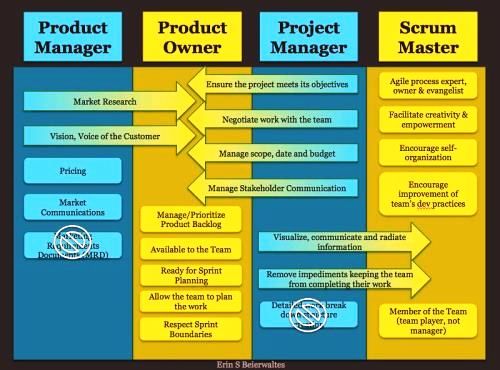Scrum methodology is widely embraced by software development teams for its efficiency in product development. One of the essential components of the Scrum framework is the use of spikes which are used to help teams manage risks and uncertainties. In this article, we will be discussing what a spike is, its significance, and how it aids in the success of the Scrum framework.
Introduction to Scrum Methodology
Scrum methodology is a project management framework that uses an iterative and incremental approach. It involves a cross-functional team working together to deliver a product incrementally in sprints. Each sprint is typically a timeframe of 2-4 weeks and includes planning, execution, review, and retrospective phases.
Definition of Spike in Scrum Framework
A spike in the Scrum framework is a time-boxed task or a research activity that is carried out when there is uncertainty about the technical approach, design, or any other aspect of a product backlog item. A spike can be used to broaden the team’s knowledge or to explore alternative solutions.
Reasons for Using Spikes
Spikes are used for a variety of reasons in the Scrum framework. Some of the common reasons for using spikes include:
– When a team does not have enough information to estimate or deliver a product backlog item
– When a team wants to experiment with a new technology or approach
– When a team wants to explore multiple solutions or approaches to a problem
When to Use Spikes
Spikes are typically used during the planning phase of a sprint. If a product backlog item is deemed to be too complex or uncertain, the team can decide to use a spike to explore the necessary information. It is important to note that spikes are time-boxed and should not exceed the allocated time.
Benefits of Using Spikes in Scrum
Using spikes in Scrum methodology offers several benefits, including:
– Helps teams manage risks and uncertainties in product development
– Facilitates investigation of different solutions and alternative approaches
– Enables the team to broaden their technical knowledge
Examples of Spikes
A spike can come in different forms, and they are tailored to meet the needs of each product backlog item. Some examples of spikes include:
– Researching a particular technology or tool
– Prototyping a solution to understand its feasibility
– Collaborating with subject matter experts to understand a complex problem
Best Practices for Using Spikes in Scrum
To ensure the success of the Scrum framework, it is recommended that teams adhere to the following best practices when using spikes:
– Clearly define the scope and objective of the spike
– Time-box the allocated time
– Ensure that the spike provides the necessary information to make informed decisions
– Share the findings with the team to enhance collaboration
You might find these FREE courses useful
- Scrum Master Certification Exam Preparation
- Scrum Master Certification: Scrum Methodologies
- Scrum Team Building Using Games and Interactive Tools
- Introduction to Scrum Master Training
Conclusion
Spikes play a critical role in the Scrum framework and help teams manage risks and uncertainties in the product development process. They enable the team to explore alternative solutions, broaden their technical knowledge, and facilitate collaboration. By implementing best practices, teams can make the most of spikes and ensure the success of the Scrum framework.
